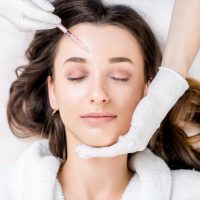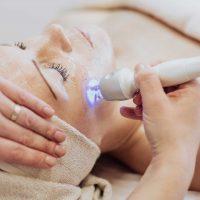The best chemical peel for hyperpigmentation really depends on your skin type, tone, and how deep or stubborn the pigmentation is. If you’re dealing with sun damage or melasma, TCA peels are often recommended because they penetrate deeper and deliver more dramatic results in fewer sessions. For milder pigmentation or first-time peel users, glycolic acid is a popular choice it’s effective, with minimal downtime.
This guide will help you understand which chemical peel is right for your skin. We’ll cover the top options, safety tips, and what to expect from treatment. By the end, you’ll know exactly how to get clearer, more even-toned skin.
What Is Hyperpigmentation And How Do Chemical Peels Help
Hyperpigmentation means having dark spots or patches on your skin. These spots happen when your skin makes too much melanin (the stuff that gives your skin color). Common types include:
- Sun spots – Brown spots from too much sun
- Melasma – Dark patches often caused by hormones
- Post-inflammatory hyperpigmentation (PIH) – Dark marks left after acne or injuries
Chemical peels work by removing the top layers of your skin. This helps in several ways:
- Gets rid of dead skin cells with excess pigment
- Speeds up skin cell turnover
- Reveals fresh, new skin underneath
- Reduces the appearance of dark spots over time
The acids in chemical peels also help stop your skin from making too much melanin. According to the Cleveland Clinic, chemical peels are effective for treating sun spots, age spots, and uneven skin coloring by promoting controlled skin regeneration. This prevents new dark spots from forming.
Top Chemical Peels For Hyperpigmentation
TCA Peels: The Heavy-Duty Option
TCA (Trichloroacetic Acid) peels are one of the strongest options for fighting hyperpigmentation. Here’s what makes them special:
What They Do:
- Penetrate deep into your skin for intense renewal
- Work great for age spots, sun damage, and melasma
- Can treat pigmentation on multiple skin layers
- Give dramatic results in fewer sessions
Best For:
- Stubborn sun spots and age spots
- People with thicker, oilier skin
- Those who want faster, more dramatic results
- Moderate to severe hyperpigmentation
Things to Know:
- Need more downtime (3-7 days of peeling)
- Should only be done by professionals
- Higher concentrations (30%+) need extra care
- May not be suitable for very dark skin tones
Glycolic Acid Peels: The Popular Choice
Glycolic acid is the most common type of chemical peel for hyperpigmentation. It’s made from sugar cane and works well for many people.
Why It’s Great:
- Gentle but effective for most skin types
- Small molecules penetrate skin easily
- Helps with fine lines and texture too
- Less downtime than deeper peels
Perfect For:
- Mild to moderate hyperpigmentation
- First-time peel users
- People who can’t take much time off
- General skin brightening
Results You Can Expect:
- Gradual lightening of dark spots
- Brighter, more even skin tone
- Smoother skin texture
- Results improve with multiple treatments
Mandelic Acid Peels: The Gentle Giant
Mandelic acid comes from bitter almonds and is the gentlest option for treating hyperpigmentation. It’s perfect for sensitive skin.
Why Choose Mandelic Acid:
- Largest molecule size means slower, gentler action
- Less likely to cause irritation
- Safe for all skin tones, including darker skin
- Can be used during pregnancy and breastfeeding
Ideal For:
- People with sensitive skin
- Dark skin tones (less risk of PIH)
- Melasma treatment
- Those new to chemical peels
What Makes It Special:
- Anti-bacterial and anti-inflammatory
- Helps with acne and aging too
- Minimal to no visible peeling
- Can be done weekly or bi-weekly
Salicylic Acid Peels: The Acne Fighter
Salicylic acid is a beta-hydroxy acid (BHA) that’s oil-soluble. This means it can get deep into your pores.
Best Uses:
- Post-acne hyperpigmentation
- Oily, acne-prone skin
- Blackheads and clogged pores
- Combination skin types
How It Helps:
- Penetrates oil to clear pores
- Reduces inflammation
- Fades acne marks
- Prevents future breakouts
Lactic Acid Peels: The Hydrating Helper
Lactic acid comes from milk and is gentler than glycolic acid. It’s great for dry or sensitive skin.
Benefits:
- Hydrates while it exfoliates
- Good for sensitive skin
- Helps with mild pigmentation
- Improves skin texture
Who Should Use It:
- People with dry skin
- Those with sensitive skin
- Mild hyperpigmentation cases
- Anyone wanting gentle improvement
Jessner Peels: The Combination Power
Jessner peels mix lactic acid, salicylic acid, and resorcinol. They’re medium-depth peels that pack a punch.
What They Treat:
- Multiple skin concerns at once
- Moderate hyperpigmentation
- Acne scars
- Sun damage
Key Points:
- More peeling than single-acid peels
- Great for comprehensive skin improvement
- Need more downtime
- Should be done professionally
VI Peels: The All-In-One Solution
VI Peels are a special blend of acids designed to be safe for all skin types, including darker tones.
What’s Inside:
- TCA, retinoic acid, salicylic acid
- Phenol and vitamin C
- Numbing agents for comfort
Why People Love Them:
- Safe for all skin tones
- Treats multiple issues
- Less painful than other medium peels
- Good results in about 7 days
Choosing The Right Peel For Your Skin Type
For Light To Medium Skin Tones
If you have fair to medium skin, you have more options:
Mild Hyperpigmentation:
- Start with glycolic acid (30-50%)
- Try lactic acid for sensitive skin
- Mandelic acid for very gentle treatment
Moderate Issues:
- TCA peels (15-25%)
- Jessner peels
- VI Peels
Severe Hyperpigmentation:
- Higher concentration TCA peels
- Combination treatments
- Professional-only peels
For Darker Skin Tones
People with darker skin need to be more careful to avoid post-inflammatory hyperpigmentation.
Safest Options:
- Mandelic acid peels (lowest risk)
- Low-concentration glycolic acid (30% or less)
- Salicylic acid peels
- VI Peels (specifically designed for all skin tones)
What to Avoid:
- Deep TCA peels (30%+ concentration)
- Phenol peels
- Any peel without proper preparation
Extra Precautions:
- Always prep skin with brightening products first
- Use hydroquinone before and after treatment
- Work with experienced professionals only
- Never skip sun protection
What To Expect During Treatment
Before Your Peel
Good preparation is key to getting great results:
2-4 Weeks Before:
- Start using tretinoin or glycolic acid to prep your skin
- Use hydroquinone if you’re at risk for PIH
- Stop using harsh scrubs or other acids
- Begin daily sunscreen use
1 Week Before:
- Stop using retinoids
- Avoid waxing or other hair removal
- Don’t use any new skincare products
- Take antiviral medication if you get cold sores
During The Peel
Here’s what happens at your appointment:
- Skin Cleaning: Your provider removes all makeup and oil
- Application: The peel is brushed on evenly
- Timing: Left on for 3-10 minutes depending on the peel
- Neutralization: Some peels are neutralized, others self-neutralize
- Soothing: Cool compresses or moisturizer applied
What You’ll Feel:
- Mild stinging or tingling
- Warmth on your skin
- Possible “frosting” (white appearance) with TCA peels
- Generally tolerable discomfort
After Your Peel
Post-peel care is crucial for good results:
First 24-48 Hours:
- Your skin may look red or pink
- Avoid water and products on treated area
- Use only recommended products
- Stay out of the sun
Days 2-7:
- Skin starts to peel or flake
- Don’t pick at peeling skin
- Use gentle, hydrating products
- Apply SPF 30+ sunscreen daily
Week 2 and Beyond:
- New skin is revealed
- Continue sun protection
- Resume normal skincare gradually
- Schedule follow-up if needed
Safety Considerations For Different Skin Types
Preventing Post-Inflammatory Hyperpigmentation
PIH (darkening after treatment) is the biggest risk, especially for darker skin tones:
Prevention Strategies:
- Proper skin preparation for 2-4 weeks
- Choose appropriate peel strength
- Work with experienced providers
- Follow aftercare instructions exactly
- Use sun protection religiously
Research published in the
National Center for Biotechnology Information
shows that darker skin types have increased melanocyte activity, making them more prone to post-inflammatory hyperpigmentation after chemical peels. This is why proper preparation and professional guidance are essential.
Warning Signs:
- Unusual darkening of treated areas
- Spots that don’t improve after 6-8 weeks
- New dark spots appearing
- Skin that looks worse than before
When To Avoid Chemical Peels
Don’t get a chemical peel if you have:
- Active skin infections
- Open wounds or cuts
- Recent isotretinoin use (within 6 months)
- History of abnormal scarring
- Pregnancy (for some peel types)
- Very sensitive or reactive skin
Professional Vs. At-Home Chemical Peels
Professional Peels
Advantages:
- Stronger formulations available
- Expert application and monitoring
- Customized to your specific needs
- Better results for stubborn pigmentation
- Professional aftercare guidance
Typical Costs:
- Light peels: $150-400 per session
- Medium peels: $400-800 per session
- May need 3-6 sessions for best results
At-Home Peels
Pros:
- More affordable
- Convenient timing
- Less intimidating for beginners
- Good for maintenance
Cons:
- Lower concentrations
- Higher risk of user error
- Slower results
- Limited effectiveness for severe issues
Best At-Home Options:
- Mandelic acid peels (20-40%)
- Low-concentration glycolic acid (10-30%)
- Salicylic acid peels (15-25%)
Creating Your Treatment Plan
For Mild Hyperpigmentation
Phase 1: Gentle Start (Months 1-2)
- Begin with mandelic acid or low glycolic acid
- Treatments every 2-4 weeks
- Focus on skin tolerance and preparation
Phase 2: Progression (Months 3-4)
- Increase strength or frequency slightly
- Monitor skin response
- Add supporting products if needed
Phase 3: Maintenance (Ongoing)
- Monthly or bi-monthly treatments
- Maintain with good daily skincare
- Protect with SPF daily
For Moderate To Severe Hyperpigmentation
Preparation Phase (4-6 weeks)
- Daily hydroquinone 2-4%
- Tretinoin or glycolic acid prep
- Strict sun protection
- Professional consultation
Active Treatment (3-6 months)
- Professional peels every 4-6 weeks
- TCA, Jessner, or VI peels
- Combination with other treatments
- Ongoing monitoring
Maintenance Phase
- Less frequent professional peels
- At-home maintenance peels
- Daily brightening products
- Lifelong sun protection
Combining Chemical Peels With Other Treatments
Topical Treatments That Help
Before Peels:
- Hydroquinone 2-4% for pigment suppression
- Tretinoin for skin preparation
- Kojic acid for gentle lightening
- Vitamin C for antioxidant protection
After Peels:
- Gentle hydrating products
- Continued hydroquinone if recommended
- Niacinamide for inflammation control
- Ceramide-rich moisturizers
Other Professional Treatments
Microneedling:
- Can be combined with peels
- Helps product penetration
- Stimulates collagen production
- Good for acne scars too
Laser Treatments:
- Sometimes used with peels
- Different lasers for different issues
- Higher risk for darker skin
- Usually done by dermatologists
Common Mistakes To Avoid
Before Treatment
- Using too many active ingredients at once
- Not preparing skin properly
- Choosing wrong peel for skin type
- Skipping patch tests
- Getting treatment too close to sun exposure
During Recovery
- Picking at peeling skin
- Using harsh products too soon
- Skipping sunscreen
- Over-moisturizing or under-moisturizing
- Expecting immediate perfect results
Long-Term Care
- Stopping sun protection after treatment
- Not maintaining results with proper skincare
- Getting peels too frequently
- Ignoring skin changes or reactions
- Trying to treat everything at once
What Results You Can Realistically Expect
Timeline For Improvement
Week 1: Initial peeling and healing Weeks 2-4: New skin emerges, first improvement visible Months 2-3: More noticeable lightening of spots Months 3-6: Significant improvement with multiple treatments 6+ Months: Maximum results with maintenance plan
Realistic Expectations
Most People See:
- 30-70% improvement in pigmentation
- Brighter, more even skin tone
- Better skin texture and smoothness
- Reduced appearance of dark spots
Remember:
- Results vary by individual
- Deeper spots may need more treatments
- Some spots may never completely disappear
- Maintenance is needed for lasting results
- Sun protection is essential forever
Cost Breakdown And Value Analysis
Professional Treatment Costs
Initial Series (3-6 treatments):
- Light peels: $450-2,400 total
- Medium peels: $1,200-4,800 total
- Includes consultation and aftercare products
Annual Maintenance:
- 2-4 treatments per year
- $300-1,600 annually
- Plus daily skincare products
At-Home Treatment Costs
Startup Costs:
- Quality at-home peels: $50-200
- Supporting products: $100-300
- Total initial investment: $150-500
Ongoing Costs:
- Monthly peel supplies: $20-50
- Daily skincare products: $30-100/month
- Annual cost: $600-1,800
Value Comparison
Professional peels offer:
- Faster, more dramatic results
- Expert guidance and safety
- Customized treatment plans
- Better results for severe cases
At-home peels provide:
- Affordability for mild cases
- Convenience and privacy
- Good maintenance option
- Lower barrier to entry
Aftercare And Maintenance Tips
Immediate Post-Peel Care (Days 1-7)
Do:
- Use gentle, fragrance-free cleansers
- Apply recommended moisturizers frequently
- Use SPF 30+ broad-spectrum sunscreen
- Stay hydrated and eat well
- Follow your provider’s exact instructions
Don’t:
- Pick at peeling skin
- Use active ingredients (retinoids, acids)
- Exercise vigorously (sweating can irritate)
- Use makeup until cleared by provider
- Go in direct sunlight without protection
Long-Term Skin Health
Daily Routine Essentials:
- Gentle cleanser morning and night
- Vitamin C serum in the morning
- Moisturizer with ceramides
- Broad-spectrum SPF 30+ every day
- Hydroquinone as recommended
Weekly Add-Ons:
- Gentle exfoliation 1-2x per week
- Hydrating masks
- At-home maintenance peels (if appropriate)
Lifestyle Factors
Sun Protection Beyond SPF:
- Wear wide-brimmed hats
- Seek shade during peak hours (10am-4pm)
- Use UV-protective clothing
- Reapply sunscreen every 2 hours
- Consider tinted sunscreens for extra protection
Diet And Supplements:
- Antioxidant-rich foods (berries, leafy greens)
- Omega-3 fatty acids for skin health
- Vitamin C and E supplements
- Stay well-hydrated
- Limit sugar and processed foods
When To See A Professional
Red Flags That Need Medical Attention
- Severe or worsening hyperpigmentation after treatment
- Signs of infection (increased redness, pus, fever)
- Unusual skin reactions or allergic responses
- Persistent pain or burning beyond normal
- New dark spots appearing rapidly
Finding The Right Provider
Look For:
- Board-certified dermatologist or licensed aesthetician
- Experience with your skin type
- Before/after photos of similar cases
- Clean, professional facility
- Detailed consultation process
Questions To Ask:
- How many peels have you performed on my skin type?
- What are the risks for my specific situation?
- What results can I realistically expect?
- What’s included in the treatment cost?
- How will you handle complications if they arise?
Special Considerations
Pregnancy And Breastfeeding
Generally Safe:
- Mandelic acid peels
- Low-concentration lactic acid
- Some glycolic acid peels
Avoid During Pregnancy:
- Salicylic acid peels
- High-concentration peels
- Combination peels with multiple acids
- Any peel containing retinoids
Hormonal Considerations
Melasma Management:
- Often requires ongoing treatment
- May worsen with hormonal changes
- Birth control and pregnancy can trigger flares
- Hormone replacement therapy may affect results
Timing Treatments:
- Avoid treatment right before menstruation
- Consider hormonal fluctuations in treatment planning
- Discuss with healthcare providers about hormonal factors
Seasonal Considerations
Best Times For Treatment:
- Fall and winter months (less sun exposure)
- When you can avoid sun for several weeks
- Not right before vacations or events
- Plan around work schedule for downtime
Summer Precautions:
- Extra diligent sun protection
- May need lighter peels
- More frequent moisturizing
- Consider postponing deeper peels
Final Thoughts
Chemical peels can be incredibly effective for treating hyperpigmentation when chosen and performed correctly. The key is matching the right peel type and strength to your specific skin type, pigmentation severity, and lifestyle needs.
Remember These Key Points:
- Start conservatively and build up gradually
- Proper preparation and aftercare are just as important as the peel itself
- Sun protection is non-negotiable for preventing future damage
- Professional guidance is especially important for darker skin tones
- Patience is essential – good results take time
Your Next Steps:
- Assess your skin type and pigmentation severity
- Research qualified providers in your area
- Schedule a consultation to discuss your options
- Start with proper skin preparation if recommended
- Commit to the full treatment and maintenance plan
At Slimming Solutions Med Spa, our experienced team can help you choose the perfect chemical peel for your hyperpigmentation concerns. We offer both TCA and lighter “lunch time” peels, and our registered nurses who are also licensed estheticians will create a customized treatment plan just for you.
Ready to achieve clearer, more even-toned skin? Schedule your free consultation today to discover which chemical peel is right for your hyperpigmentation goals. We’re here to help you get the beautiful, radiant skin you deserve!
Remember: Individual results may vary. Always consult with qualified professionals to determine the best treatment plan for your specific skin needs.


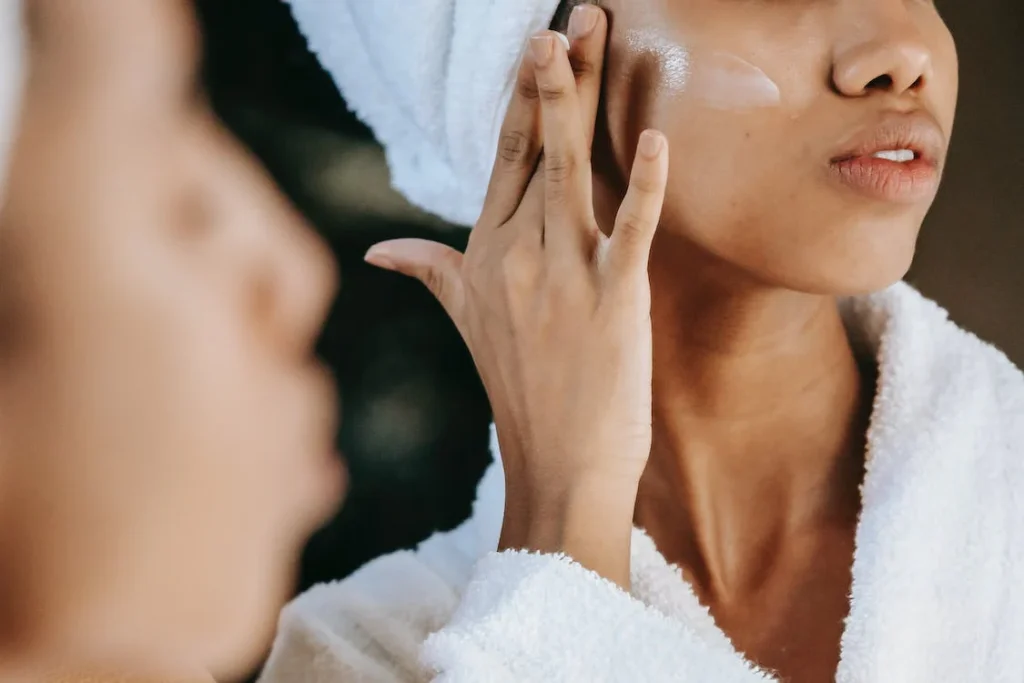
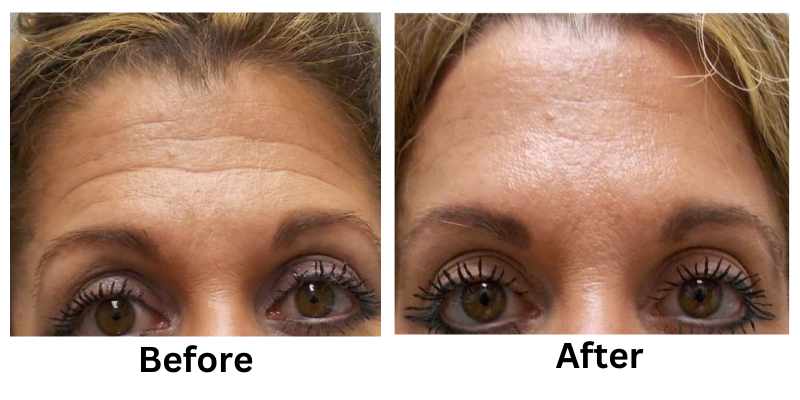
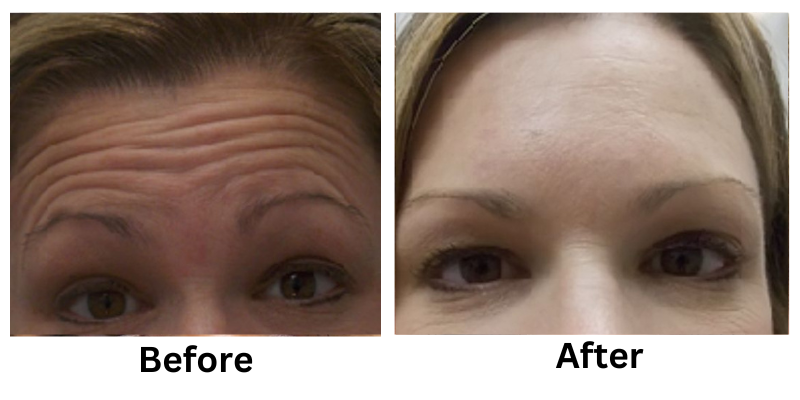

![[thumb]](https://slimmingsolutionsspa.com/wp-content/uploads/2023/12/botox1-150x150.png)
![[thumb]](https://slimmingsolutionsspa.com/wp-content/uploads/2023/12/Before2-150x150.png)
![[thumb]](https://slimmingsolutionsspa.com/wp-content/uploads/2023/12/Before3-150x150.png)
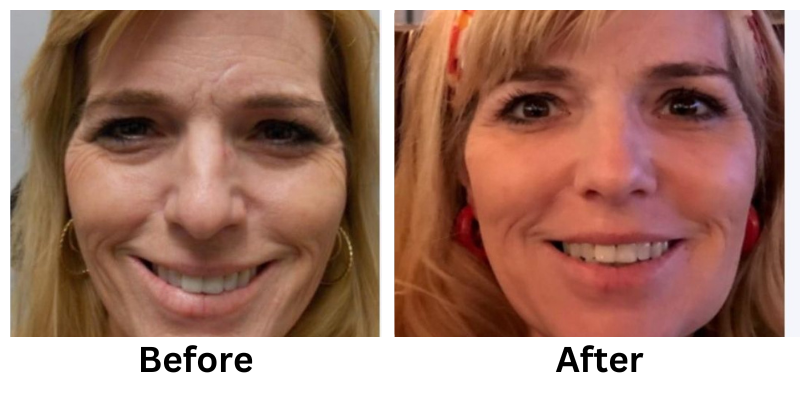

![[thumb]](https://slimmingsolutionsspa.com/wp-content/uploads/2023/12/Liquid-face-150x150.png)
![[thumb]](https://slimmingsolutionsspa.com/wp-content/uploads/2023/12/Liquid-face-1-150x150.png)
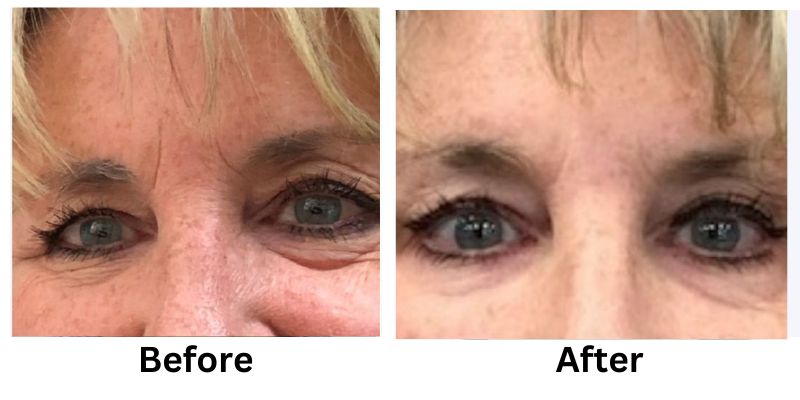
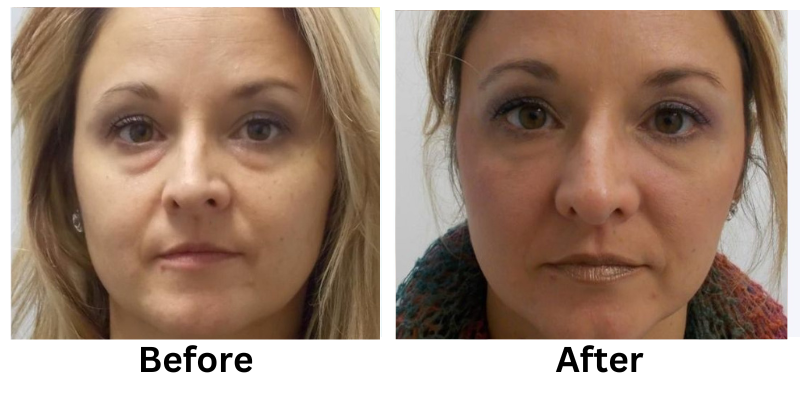
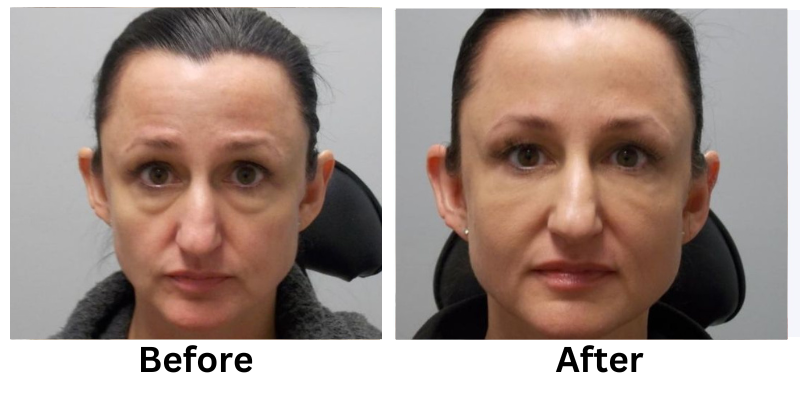
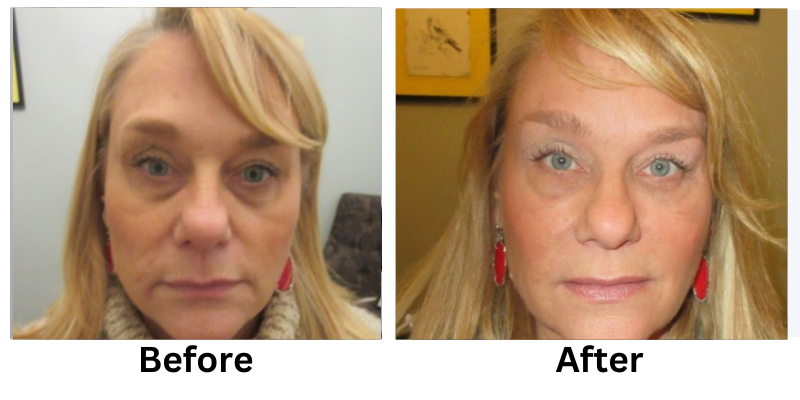


![[thumb]](https://slimmingsolutionsspa.com/wp-content/uploads/2023/12/revanesse-versa-1-150x150.png)
![[thumb]](https://slimmingsolutionsspa.com/wp-content/uploads/2023/12/revanesse-versa-2-150x150.png)
![[thumb]](https://slimmingsolutionsspa.com/wp-content/uploads/2023/12/revanesse-versa-3-150x150.png)
![[thumb]](https://slimmingsolutionsspa.com/wp-content/uploads/2023/12/revanesse-versa-4-150x150.png)
![[thumb]](https://slimmingsolutionsspa.com/wp-content/uploads/2023/12/revanesse-versa-5-150x150.png)
![[thumb]](https://slimmingsolutionsspa.com/wp-content/uploads/2024/01/Eyebrow-treatment-1-1-150x150.png)
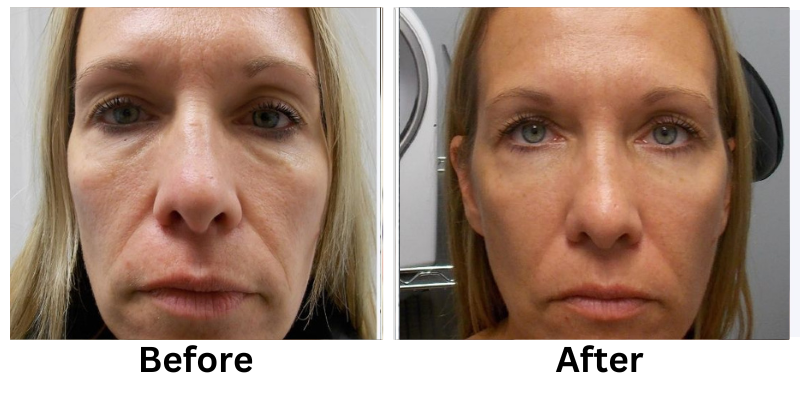

![[thumb]](https://slimmingsolutionsspa.com/wp-content/uploads/2023/12/Skin-Rejuvenation-1-150x150.png)
![[thumb]](https://slimmingsolutionsspa.com/wp-content/uploads/2023/12/Skin-Rejuvenation-2-150x150.png)


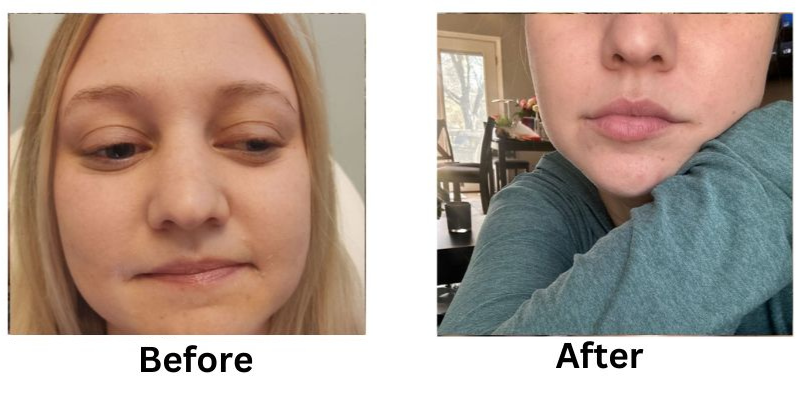
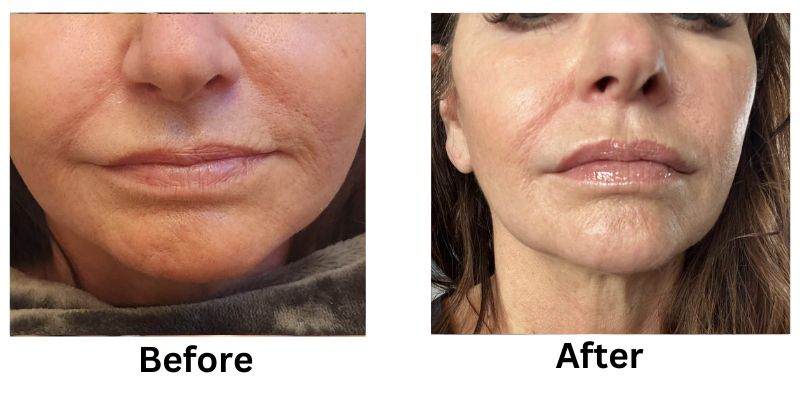
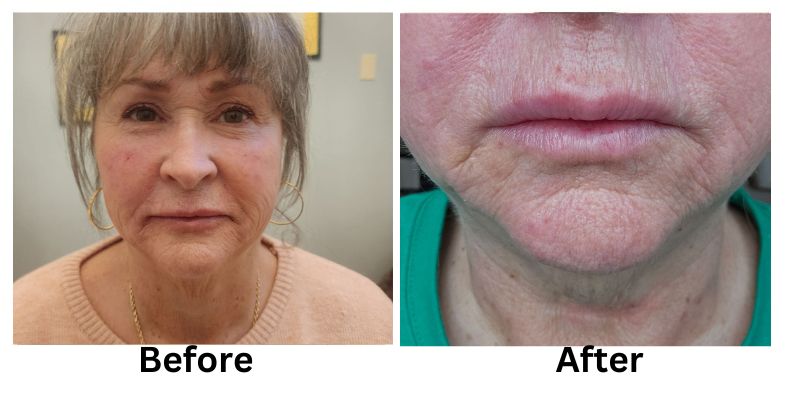
![[thumb]](https://slimmingsolutionsspa.com/wp-content/uploads/2024/01/Lip-Filler-1-150x150.png)
![[thumb]](https://slimmingsolutionsspa.com/wp-content/uploads/2024/01/Lip-Filler-2-150x150.png)
![[thumb]](https://slimmingsolutionsspa.com/wp-content/uploads/2025/02/Lip-Filler-1-150x150.png)
![[thumb]](https://slimmingsolutionsspa.com/wp-content/uploads/2024/01/Lip-Filler-150x150.jpg)
![[thumb]](https://slimmingsolutionsspa.com/wp-content/uploads/2024/01/Before-1-150x150.jpg)
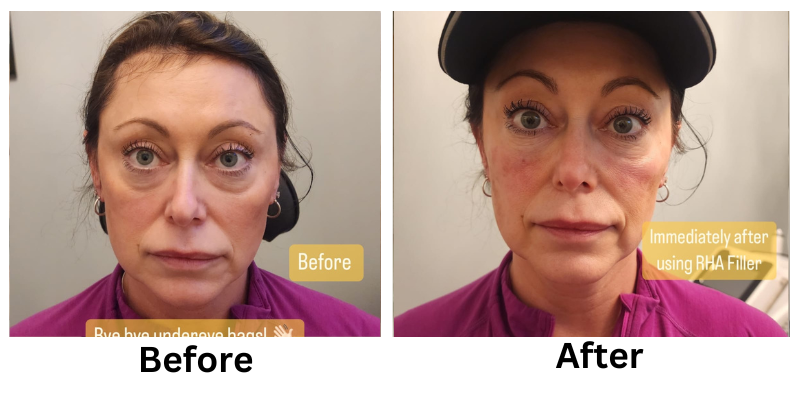
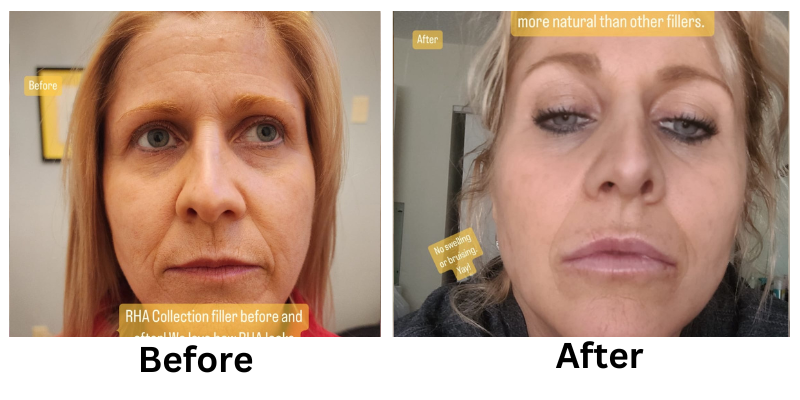

![[thumb]](https://slimmingsolutionsspa.com/wp-content/uploads/2024/01/RHA-Treatmetn-3-150x150.png)
![[thumb]](https://slimmingsolutionsspa.com/wp-content/uploads/2024/01/RHA-Treatmetn-2-150x150.png)
![[thumb]](https://slimmingsolutionsspa.com/wp-content/uploads/2024/01/RHA-Treatmetn-1-150x150.png)
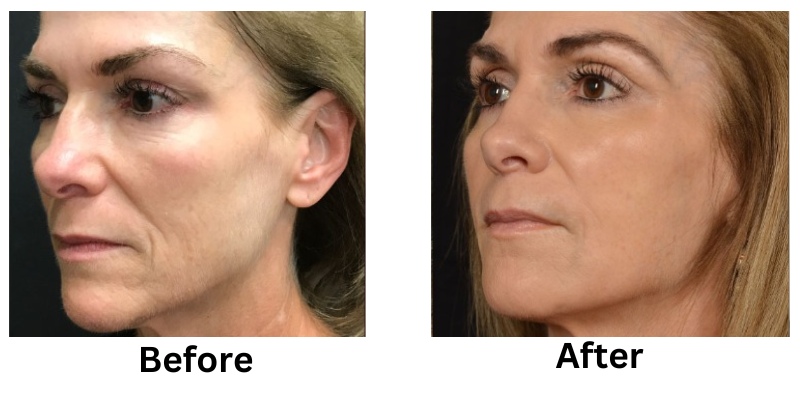
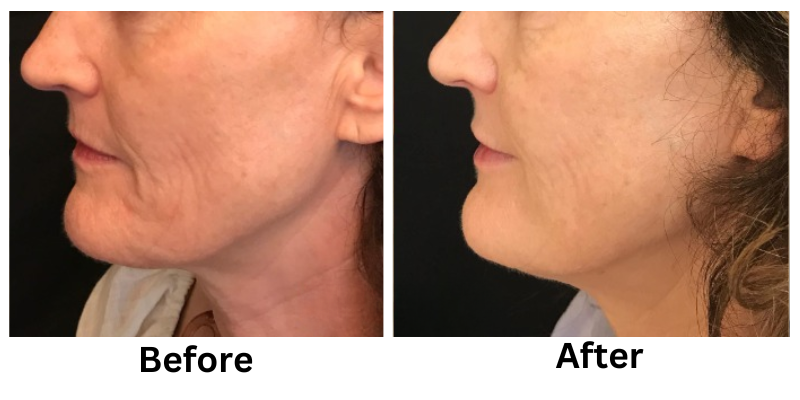
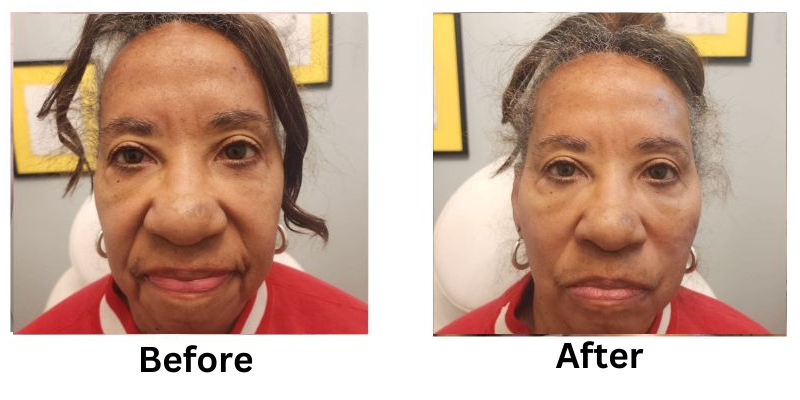
![[thumb]](https://slimmingsolutionsspa.com/wp-content/uploads/2024/01/Thread-Lifts-1-150x150.png)
![[thumb]](https://slimmingsolutionsspa.com/wp-content/uploads/2024/01/Thread-Lifts-2-150x150.png)
![[thumb]](https://slimmingsolutionsspa.com/wp-content/uploads/2025/02/Lip-Filler-2-150x150.png)
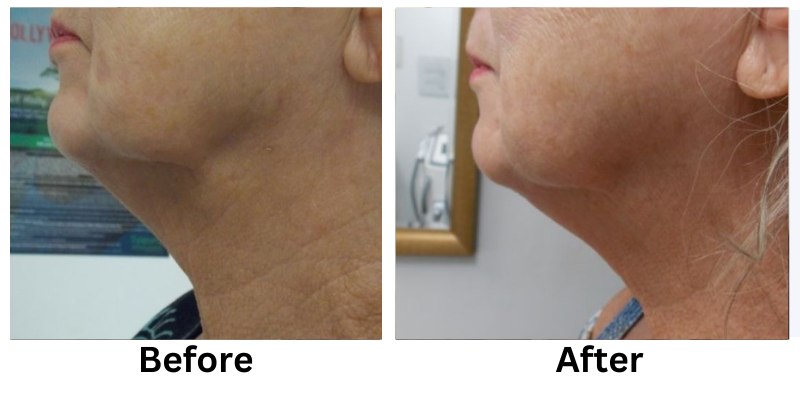
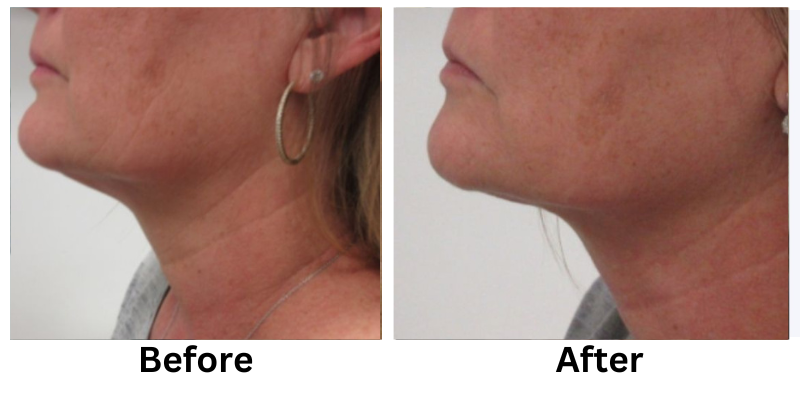

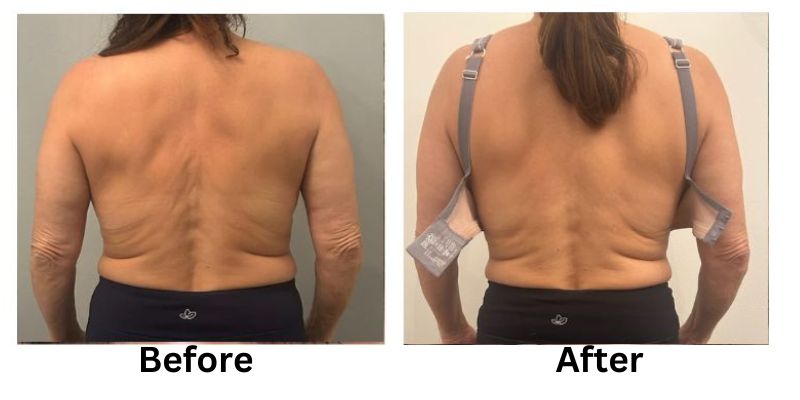
![[thumb]](https://slimmingsolutionsspa.com/wp-content/uploads/2023/12/skin-reuvulation1-150x150.png)
![[thumb]](https://slimmingsolutionsspa.com/wp-content/uploads/2023/12/skin-rejuvulation-2-150x150.png)
![[thumb]](https://slimmingsolutionsspa.com/wp-content/uploads/2023/12/Skin-Tighting-150x150.png)
![[thumb]](https://slimmingsolutionsspa.com/wp-content/uploads/2023/12/Before-150x150.jpg)
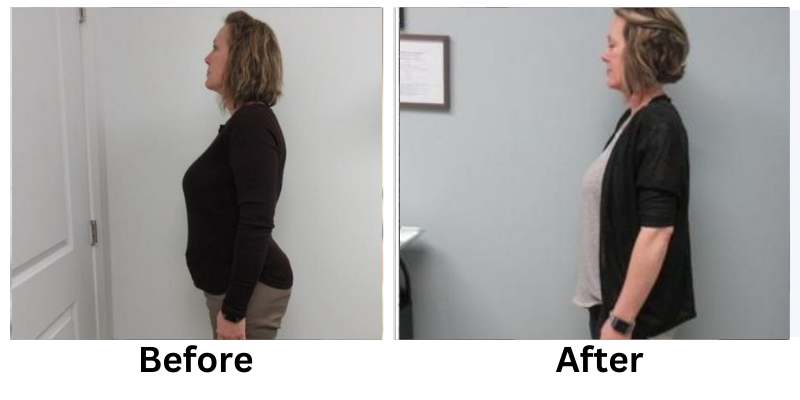
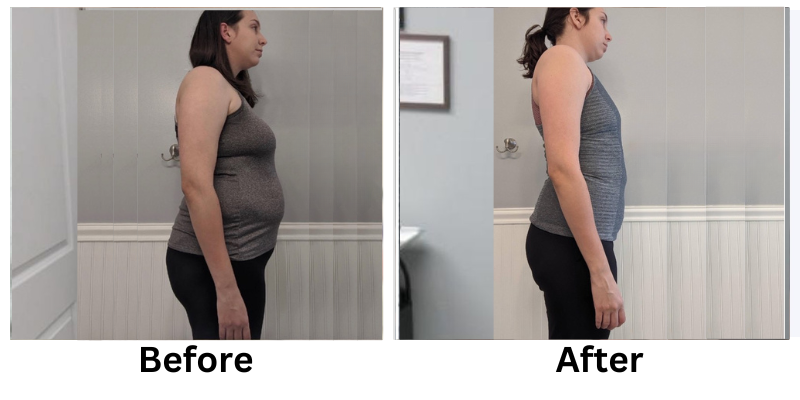
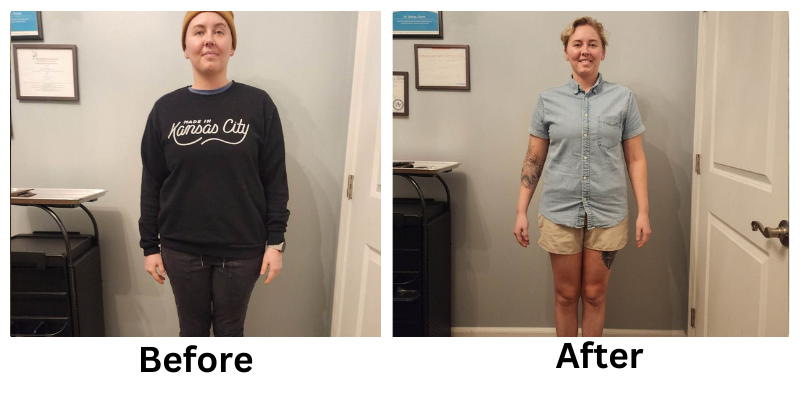
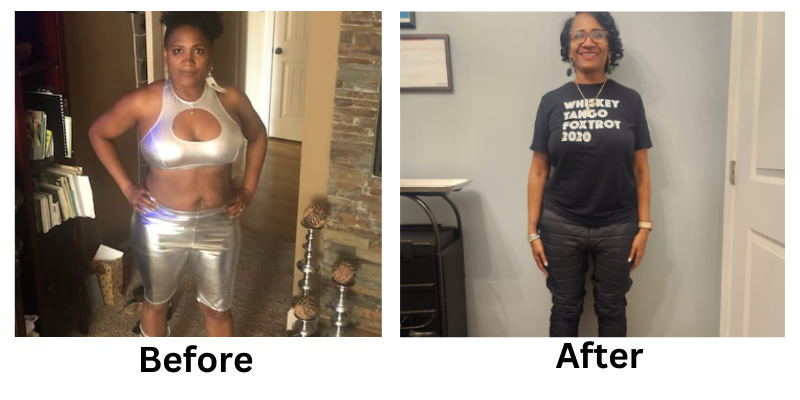
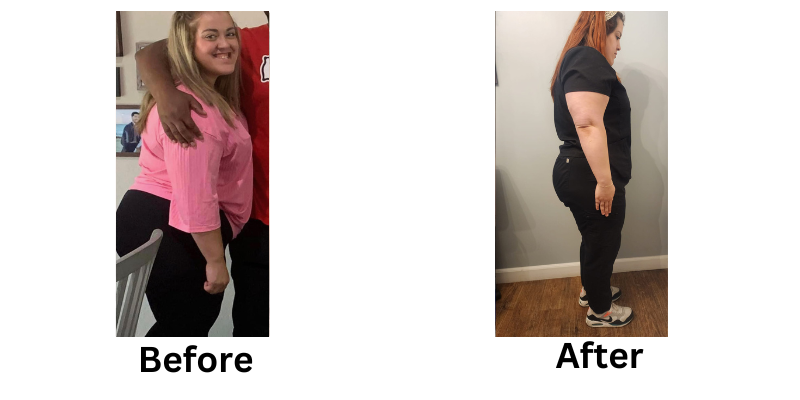
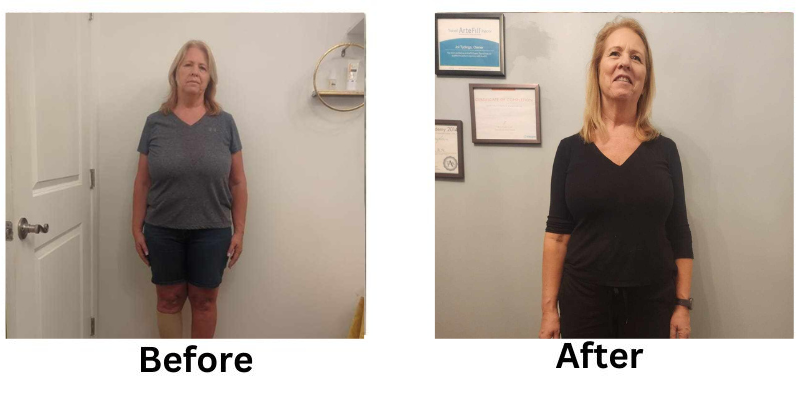
![[thumb]](https://slimmingsolutionsspa.com/wp-content/uploads/2023/12/weightloss-1-150x150.png)
![[thumb]](https://slimmingsolutionsspa.com/wp-content/uploads/2023/12/weightloss-2-150x150.png)
![[thumb]](https://slimmingsolutionsspa.com/wp-content/uploads/2023/12/2Weight-Loss-2-150x150.png)
![[thumb]](https://slimmingsolutionsspa.com/wp-content/uploads/2025/02/Weight-Loss-1-new-150x150.png)
![[thumb]](https://slimmingsolutionsspa.com/wp-content/uploads/2023/12/Weight-Loss-3-150x150.png)
![[thumb]](https://slimmingsolutionsspa.com/wp-content/uploads/2025/03/Slimming-Solutions-BA-Template-150x150.png)

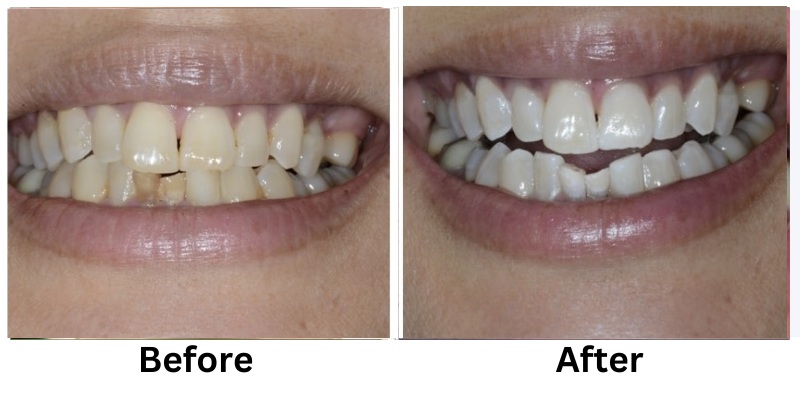
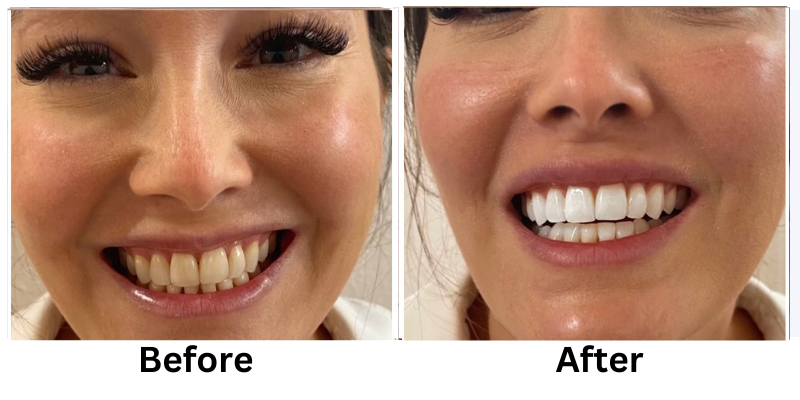

![[thumb]](https://slimmingsolutionsspa.com/wp-content/uploads/2023/12/dat3-150x150.png)
![[thumb]](https://slimmingsolutionsspa.com/wp-content/uploads/2023/12/dat-0-150x150.png)
![[thumb]](https://slimmingsolutionsspa.com/wp-content/uploads/2023/12/dat-1-150x150.png)
![[thumb]](https://slimmingsolutionsspa.com/wp-content/uploads/2023/12/Before-1-150x150.png)
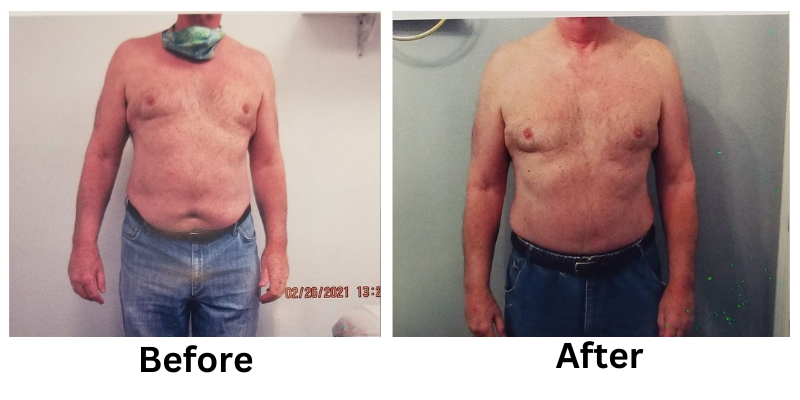

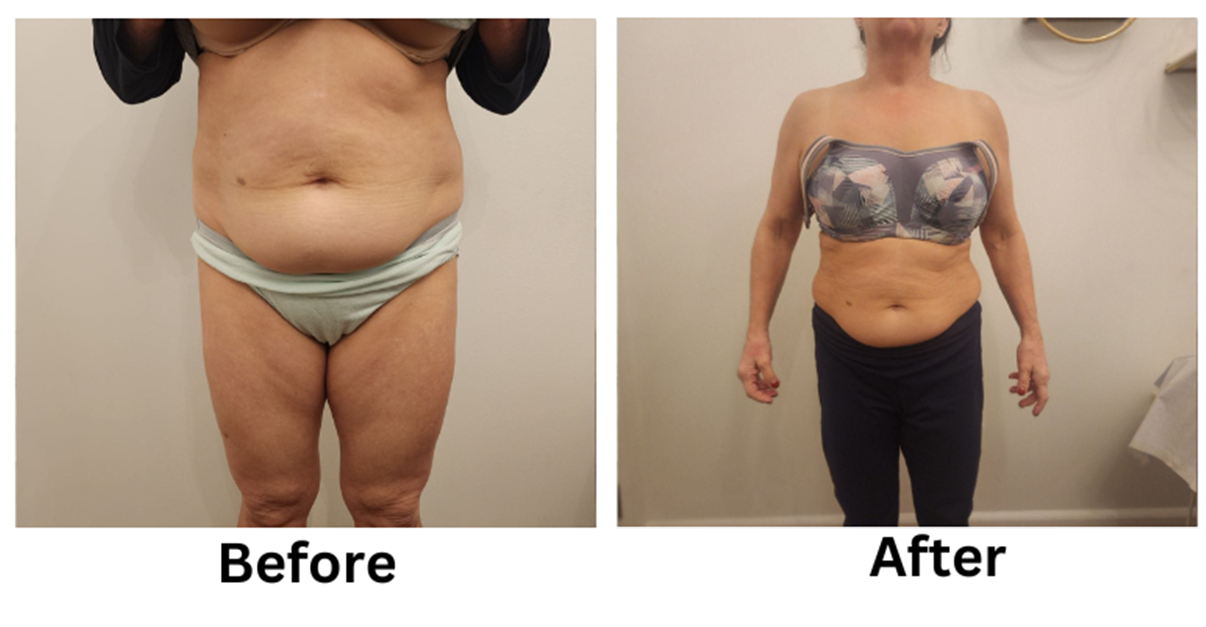
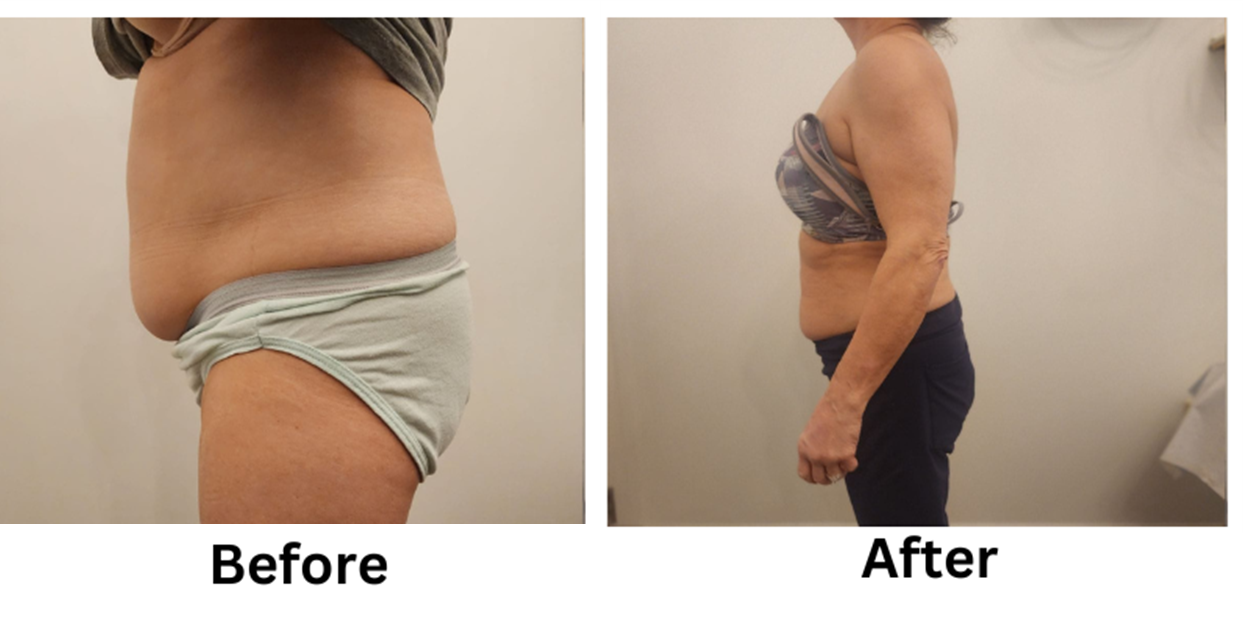
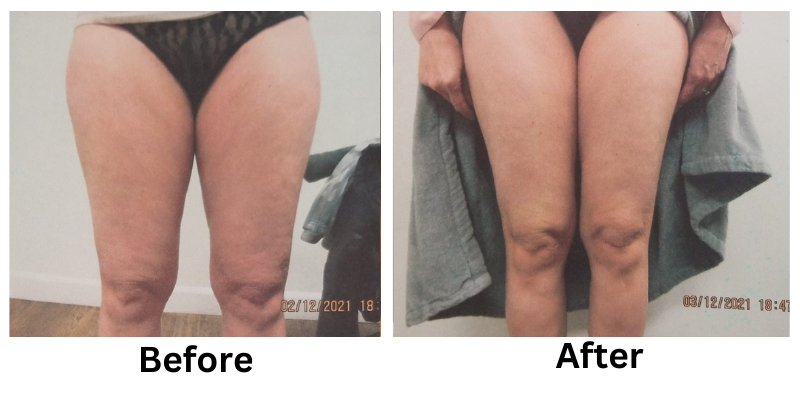
![[thumb]](https://slimmingsolutionsspa.com/wp-content/uploads/2024/01/EMS-Treatment-2-150x150.png)
![[thumb]](https://slimmingsolutionsspa.com/wp-content/uploads/2024/01/EMS-Treatment-1-150x150.png)
![[thumb]](https://slimmingsolutionsspa.com/wp-content/uploads/2025/02/ems-BNA-front-150x150.png)
![[thumb]](https://slimmingsolutionsspa.com/wp-content/uploads/2025/02/EMS-bna-SIDE-150x150.png)
![[thumb]](https://slimmingsolutionsspa.com/wp-content/uploads/2024/01/EMS-Treatment-6-150x150.png)
